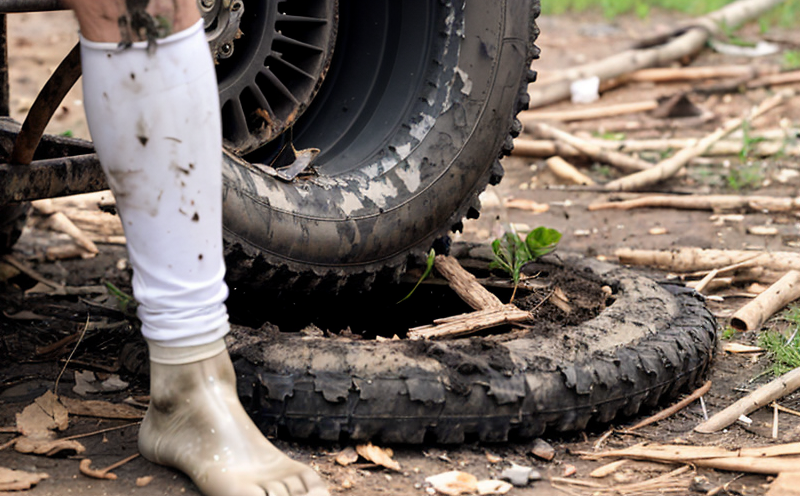ISO 11341-1 Durability of Polymers under UV
The ISO 11341 series is a set of international standards that address the durability testing of polymers, focusing on their resistance to environmental factors. Specifically, part 1, ISO 11341-1, deals with the accelerated weathering of polymers using ultraviolet (UV) light and heat, simulating the effects of sunlight exposure.
Understanding the durability of materials is critical in sectors like building & infrastructure where long-term performance under harsh environmental conditions can significantly impact the life expectancy of structures. This test provides a controlled environment to simulate real-world UV aging effects, allowing for early identification of potential material degradation issues before they become costly problems.
The standard specifies procedures for exposing polymers to controlled UV radiation and temperature cycling in a constant humidity environment. Specimens are exposed to UV light at specific wavelengths (300-400 nm) which closely mimic the solar spectrum, along with heat and relative humidity conditions that replicate outdoor exposure.
This testing is particularly valuable for materials used in building facades, roofing membranes, insulation boards, and other exterior components where prolonged exposure to UV radiation can lead to discoloration, cracking, or loss of mechanical properties. The test helps manufacturers ensure their products meet durability requirements and comply with regulatory standards.
The process begins by selecting the appropriate polymer samples based on intended application. Specimens are cut into standard sizes (typically 75 mm x 100 mm) to ensure consistent exposure across all samples within a batch. These specimens are then placed in an accelerated weathering chamber where they undergo UV radiation, heat, and humidity cycles.
After the specified exposure duration—ranging from weeks to months—the specimens are removed for evaluation. Visual examination is conducted first to assess any changes such as discoloration or cracking. Mechanical tests may also be performed to measure changes in tensile strength, impact resistance, and flexibility of the polymer.
The results provide critical insights into how well a polymer will perform over its intended lifespan under natural UV conditions. This information is invaluable for product development, quality assurance, and regulatory compliance. By identifying weaknesses early in the production process, manufacturers can make necessary adjustments to enhance durability without compromising on other material properties.
Applied Standards
| Standard Number | Title |
|---|---|
| ISO 11341-1 | Durability of polymers under UV radiation and heat. Part 1: General principles and procedures for exposure to combined UV radiation and humidity. |
Why Choose This Test
- Ensures compliance with international standards for polymer durability testing under UV conditions.
- Provides a controlled environment to simulate real-world aging effects, enabling early identification of material degradation issues.
- Promotes product quality and reliability by identifying potential weaknesses in polymers before they reach the market.
Quality and Reliability Assurance
- The test results ensure that polymer products meet durability requirements under specified environmental conditions, enhancing overall product reliability.
- Facilitates informed decision-making during the R&D process by providing accurate data on material performance over time.





